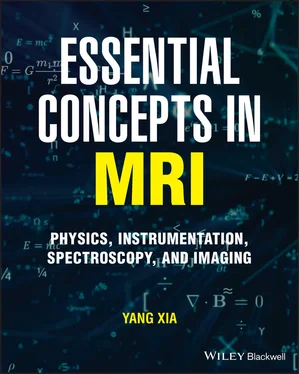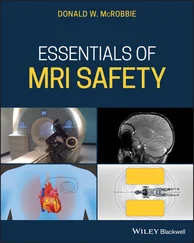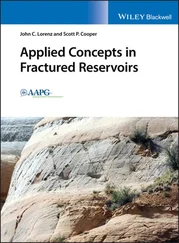Yang Xia - Essential Concepts in MRI
Здесь есть возможность читать онлайн «Yang Xia - Essential Concepts in MRI» — ознакомительный отрывок электронной книги совершенно бесплатно, а после прочтения отрывка купить полную версию. В некоторых случаях можно слушать аудио, скачать через торрент в формате fb2 и присутствует краткое содержание. Жанр: unrecognised, на английском языке. Описание произведения, (предисловие) а так же отзывы посетителей доступны на портале библиотеки ЛибКат.
- Название:Essential Concepts in MRI
- Автор:
- Жанр:
- Год:неизвестен
- ISBN:нет данных
- Рейтинг книги:5 / 5. Голосов: 1
-
Избранное:Добавить в избранное
- Отзывы:
-
Ваша оценка:
- 100
- 1
- 2
- 3
- 4
- 5
Essential Concepts in MRI: краткое содержание, описание и аннотация
Предлагаем к чтению аннотацию, описание, краткое содержание или предисловие (зависит от того, что написал сам автор книги «Essential Concepts in MRI»). Если вы не нашли необходимую информацию о книге — напишите в комментариях, мы постараемся отыскать её.
A concise and complete introductory treatment of NMR and MRI Essential Concepts in MRI
Essential Concepts in MRI
Essential Concepts in MRI — читать онлайн ознакомительный отрывок
Ниже представлен текст книги, разбитый по страницам. Система сохранения места последней прочитанной страницы, позволяет с удобством читать онлайн бесплатно книгу «Essential Concepts in MRI», без необходимости каждый раз заново искать на чём Вы остановились. Поставьте закладку, и сможете в любой момент перейти на страницу, на которой закончили чтение.
Интервал:
Закладка:
4 Only the transverse component of the precessing M induces an observable signal in the receiver coil. The transverse component can be written as (2.25a) (2.25b)
where the complex i indicates a 90˚ phase shift (i = −1); v (which is in the direction of y′ ) is called the absorption spectrum, where the signal is proportional to the power absorbed from the EM field; and u (which is in the direction of x′ ) is called the dispersion spectrum (which is a common term in optics). Note that the signal is proportional to B 1not B 1 2[10].
2.10 RADIO-FREQUENCY PULSES IN NMR
A much more efficient method in modern NMR experiments is to apply a short but powerful B 1pulse, which has a duration of several to tens of µs. This rf pulse will be able to cover all possible resonance frequencies simultaneously in the specimen. The reason that a short pulse can excite all possible resonant groups in the specimen is because the frequency range of a 10 µs pulse is about 10 5Hz (since f = 1/ T ), which is sufficient to cover the range of all resonant peaks due to the differences in their chemical shifts (e.g., the three peaks in the ethanol spectrum in Figure 1.4). Since the Larmor frequency in common NMR magnets is in tens or hundreds of megahertz (e.g., at B 0= 1 Tesla, f = γB 0/2π = 42.6 MHz), this short B 1pulse is commonly called a radio-frequency (rf) pulse. It is customary to label a B 1pulse with the amplitude and duration to tip Mby ϕ degrees as a ϕ rf pulse. More precisely, a 90˚| x′ pulse implies the B1 ( t ) is stationary at the x′ axis in the rotating frame and is capable of tipping the magnetization by 90˚. By setting the central carrier frequency close to the nominal Larmor frequency ω 0, one single pulse can excite all possible resonance frequencies.
There are two descriptive terms for an rf pulse, whether the pulse is soft or hard (Figure 2.13), and whether the pulse has a constant or modulated amplitude. A soft rf pulse refers to its narrow band in frequency, which would have a long duration in time (since f = 1/ T ); in contrast, a hard rf pulse would have a narrow time duration and hence a wide band in frequency, which is commonly used in NMR spectroscopy to excite all possible resonance frequencies. An rf pulse with a constant amplitude in time is commonly used in NMR spectroscopy, while an rf pulse with a modulated amplitude in time would result in a particular waveform in frequency, which is commonly used in MRI.
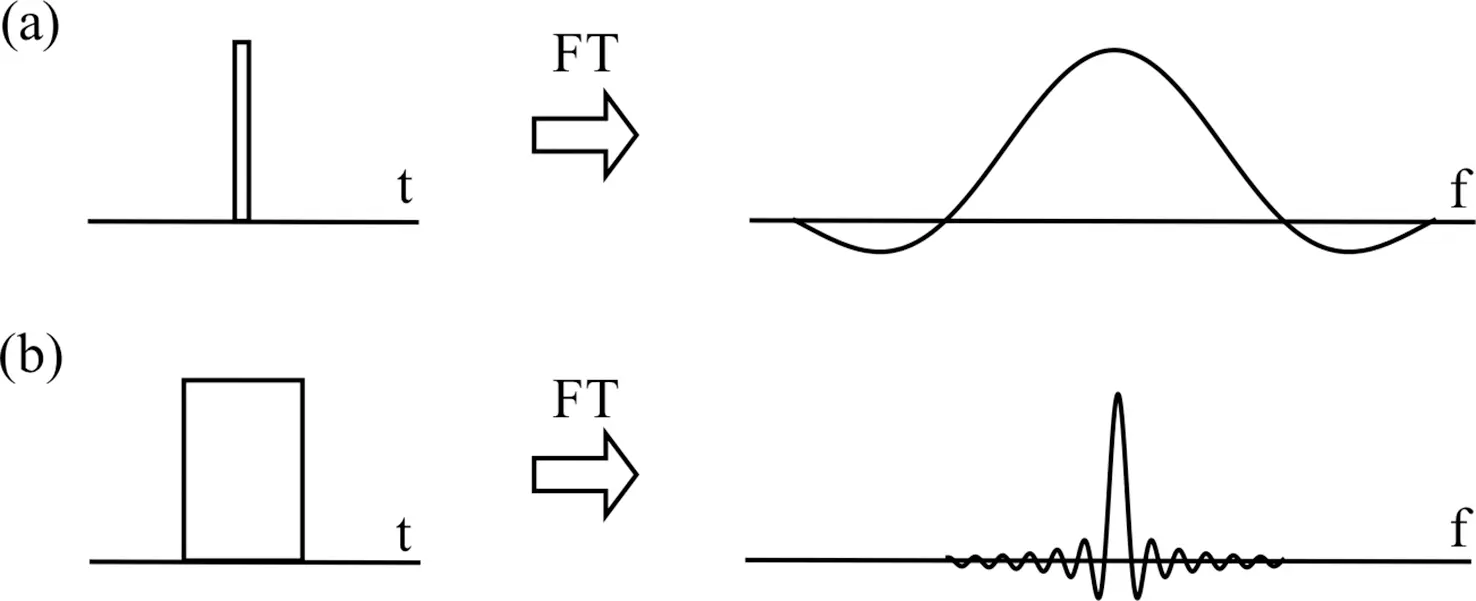
Figure 2.13 Fourier transform of (a) a hard rf pulse that is short in time duration and (b) a soft rf pulse that is long in time duration.
For a square or rectangular pulse where the B 1field has a constant amplitude during the pulse duration, the tipping angle is given by the area of the pulse, as
 (2.26)
(2.26)
where t pis the duration of the pulse and B 1is its magnitude. When B 1(t) does not have a constant amplitude during t p, the amount of rotation ϕ is then given by the time integral of the amplitude of the rf field, as
 (2.27)
(2.27)
For a pulse whose frequency response is not uniform, the central portion of the frequency response (i.e., frequency range close to ω 0) should have a constant amplitude so that all resonant groups centered around ω 0can experience similar tipping angles.
2.11 FT NMR
In contrast to the situation in CW NMR (Section 2.9) where each particular type of nucleus in a chemical is brought into the resonance individually and sequentially, the use of an rf pulse excites simultaneously all NMR-active nuclei in the chemical. This method of NMR experiments is called FT NMR, which is much more efficient than CW NMR and offers the opportunity of SNR improvement by co-addition of many spectral responses.
In an FT NMR experiment, a resonant rf pulse results in a non-zero transverse component of the magnetization M, which precesses in the transverse plane. This precessional motion of Mcan be detected by means of a receiver coil (often called an rf coil, cf. Chapte 5.2), which can sense the transverse electromotive force (emf) and produces an FID signal.
Immediately following a 90°| x ′pulse (i.e., after B 1( t ) has been turned off ), Mis given by
 (2.28a)
(2.28a)
 (2.28b)
(2.28b)
Subsequently, assuming a uniform field B 0, the evolution of magnetization can be obtained by solving the Bloch equation, as
 (2.29a)
(2.29a)
 (2.29b)
(2.29b)
 (2.29c)
(2.29c)
Since there is a 90˚ phase difference between Mx ( t ) and My ( t ), we can combine the two transverse components (the FID) expressed in Eqs. ( 2.29a) and ( 2.29b) into a complex term, as
 (2.30)
(2.30)
The complex nature of the NMR signal means that we can measure not only the amplitude of the signal but also its phase, which is one of the remarkable advantages of NMR and MRI. In comparison, several other types of spectroscopy and imaging (e.g., Fourier transform infrared spectroscopy and imaging, computer tomography) can only measure the amplitude of the signal.
The time evolution of the Mx(t) and My(t) components are illustrated in Figure 2.14a and Figure 2.14b, where at t = 0 (the end of the 90˚ rf pulse), Mx ( t = 0) = 0, and My ( t = 0) = M 0. The FT of the FID signal is a Lorentzian in the frequency domain with a line width of (π T 2) -1, shown in Figure 2.14c and Figure 2.14d, which are commonly termed as the absorption signal and the dispersion signal, respectively.
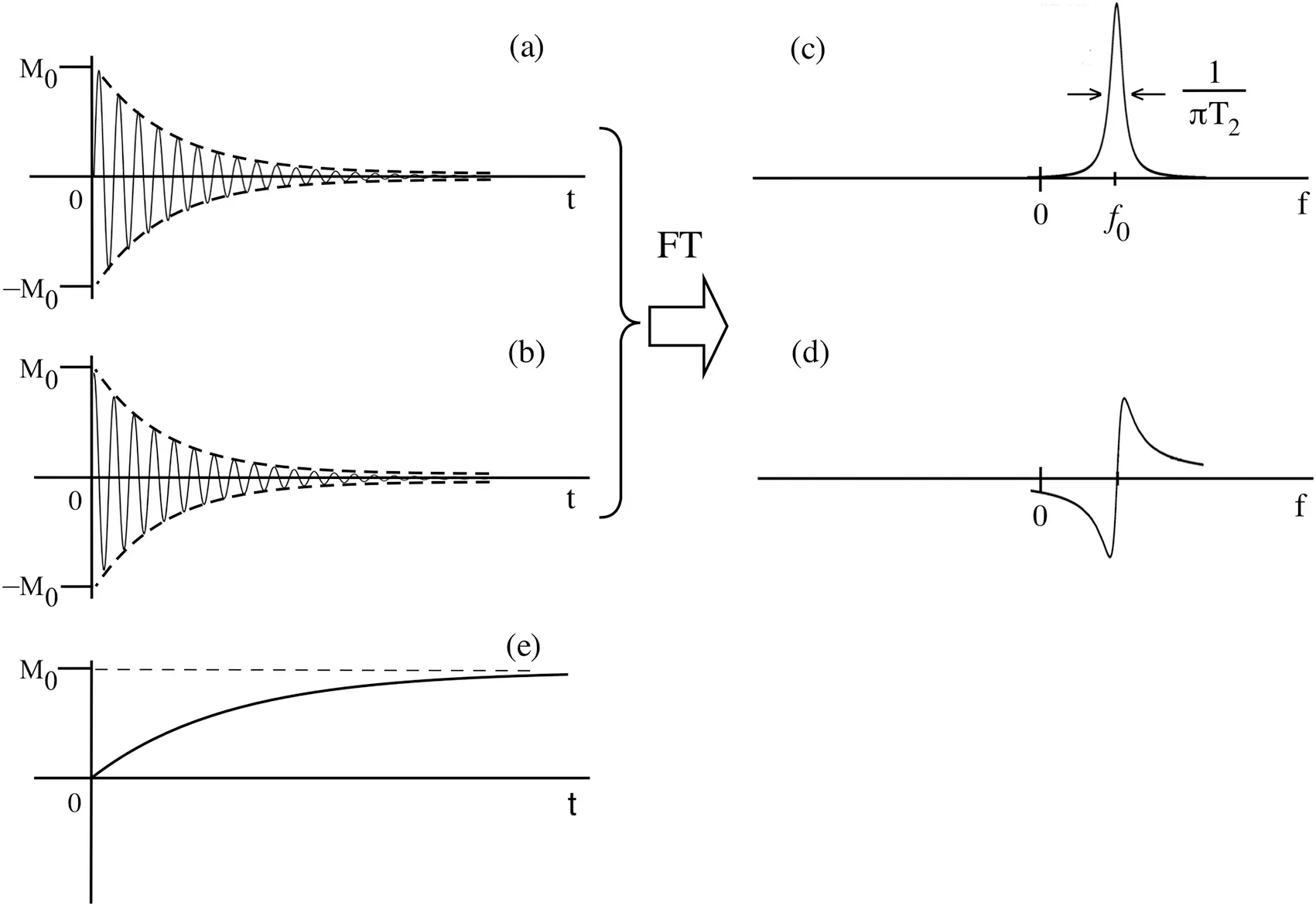
Figure 2.14 (a) and (b) The time-domain NMR signal in the transverse plane (the FID) is complex and contains real and imaginary components. By the way of Fourier transform, the time-domain NMR signal can be represented by the equivalent signals in the frequency domain, as the absorption and dispersion components, shown in (c) and (d). The peak shift f 0in the frequency domain corresponds to the oscillation of the FID in the time domain. The recovery of the longitudinal magnetization is shown in (e). As noted in Figure 2.10, since T 2is commonly much shorter than T 1, the transverse magnetization in (a) and (b) should decay to zero long before the longitudinal magnetization (e) returns to its thermal equilibrium [i.e., the time scales in (a) and (b) are comparable but are different from the time scale in (e)].
Читать дальшеИнтервал:
Закладка:
Похожие книги на «Essential Concepts in MRI»
Представляем Вашему вниманию похожие книги на «Essential Concepts in MRI» списком для выбора. Мы отобрали схожую по названию и смыслу литературу в надежде предоставить читателям больше вариантов отыскать новые, интересные, ещё непрочитанные произведения.
Обсуждение, отзывы о книге «Essential Concepts in MRI» и просто собственные мнения читателей. Оставьте ваши комментарии, напишите, что Вы думаете о произведении, его смысле или главных героях. Укажите что конкретно понравилось, а что нет, и почему Вы так считаете.
